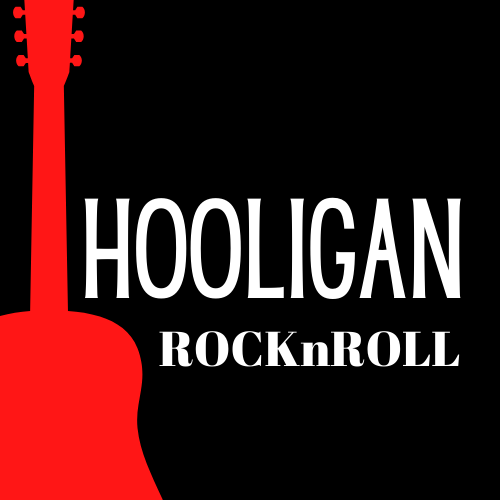This one is a piece from a friend of mine who wants to keep anonymous but also wanted to try out writing. I agree with a lot of what they said, so let them post it here. Enjoy.
It’s been a while since I first landed my first gig as a solo performer in a quite popular live music venue in my hometown. Since then, even if I had to keep my day job as a radio producer and announcer, I managed to create a stable second source of income by playing in small clubs and private parties. If you are wondering how do I find all these paid jobs, the answer is simple: self-promotion.
If you are a musician, you are probably very concentrated on our art, and this makes it difficult to think in business terms about your activity. As getting a manager was too expensive and I wanted to keep in control of my gigs, I decided to produce a simple demo of my performances, to be able to introduce myself to the artistic directors of the live venues.
Of course, I have the advantage that working for a radio station, I can speak with some knowledge about recording media, sound levels, and audio files. Despite this, I am sure that, with some practice and today’s hardware and software, almost anyone can produce a good-sounding recording. In this article, I’ll explain in detail how I managed to get a great piano and vocal demo while being on a tight budget and with a simple ad-hoc home studio setup. Setting up a studio shouldn’t be a worry, you can easily install a shed prefab in your backyard and perform your art!
The Right Gear
Speaking about gear opens up a world of almost endless possibilities, which will make you drown if you don’t learn how to swim your way to the tools that you really need, keeping away from the maelstrom of expensive stuff you’ll be able to find once you type “recording music” on your Google search bar.
I am a solo performer: my instruments are the piano and my voice. As I usually don’t practice before 11 pm as I wanted to keep a nice relationship with my neighbours. I bought an electric piano, which allows me to play with my headphones on, but muting – for the outside world -, notes, chords, melodies and the inevitable fail on a Billy Joel cover.
All I need to record my performances is a simple software (I use Audacity, which is completely free), a condenser microphone and an external audio interface, where I directly plug my piano. This way, I can record the songs in one take, without the need of difficult and time consuming overdubs.
A Good Sounding Room
Even if technology plays a big role even in the tiniest home studio production, it has to be remembered that sound has certain physical properties that shouldn’t be ignored. In order to get a decent sounding take, I have to record in a good sounding room.
What does it mean? The room where you place the recording setup should not be too big and empty, or small and narrow. Even though it may not be on this list of 10 Ways to Use Yard Sheds, I know many people who have soundproofed their sheds and turned them into awesome recording spaces. In the end, I ended up choosing my bedroom, because it adds some nice reflection to my voice, but the curtains and the blankets on the bed dampen the low frequency build up.
Getting the Levels Right
Once laying down the tracks, I have to adjust the level between the sound of the piano and my voice. Apart from the balance, I also use the pan control on the software’s virtual mixer. As the piano is recorded on two tracks (stereo left and right), I turn the two correspondent knobs of the pan control hard left and hard right, to make some room for the vocals, which will be placed at the centre of the mix. It’s important to constantly monitor the level: if the “out” led meters hit the red too frequently, this could cause digital clipping, a horrific distortion which will ruin your mix (and your speakers).
Good First Take: Why a Demo Shouldn’t Be Over Produced
I’ve noticed that if I add too much reverb or effects to my songs, they end up sounding unnatural and artificial. That’s why production, namely the stage when you adjust your recording and finalise it, should be kept to a minimum.
Actually, to make my recordings more “lively” and engaging, I sometimes record myself during a gig, especially when the public seems to appreciate my performances and rewards me with a nice applause at the end of a song. Live recordings may be a bit “dirtier” than the studio ones, but they give a good picture of what I can do on stage. Plus, all the technology that I use is completely portable!
